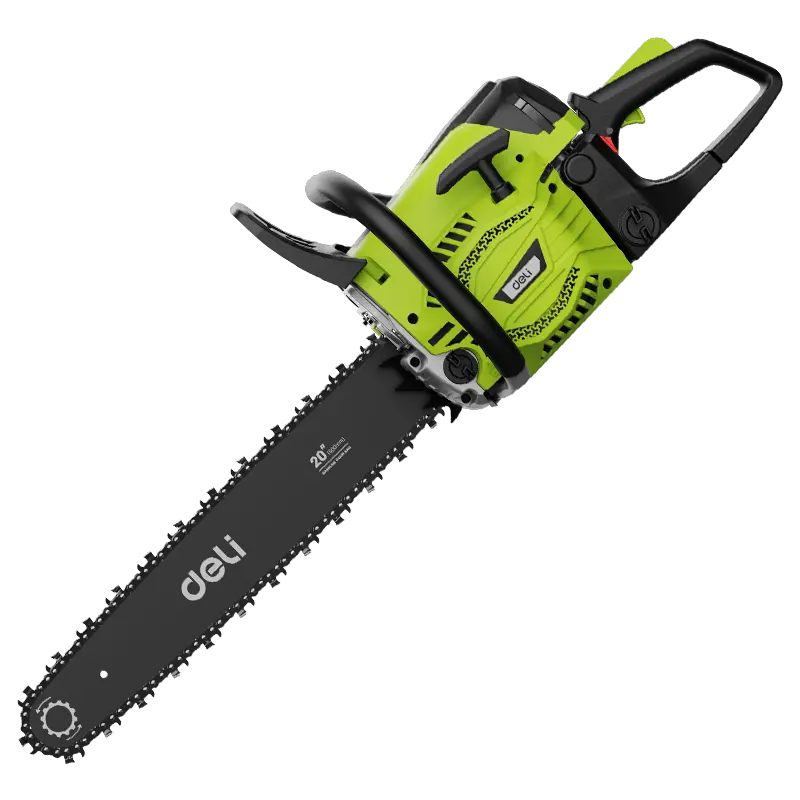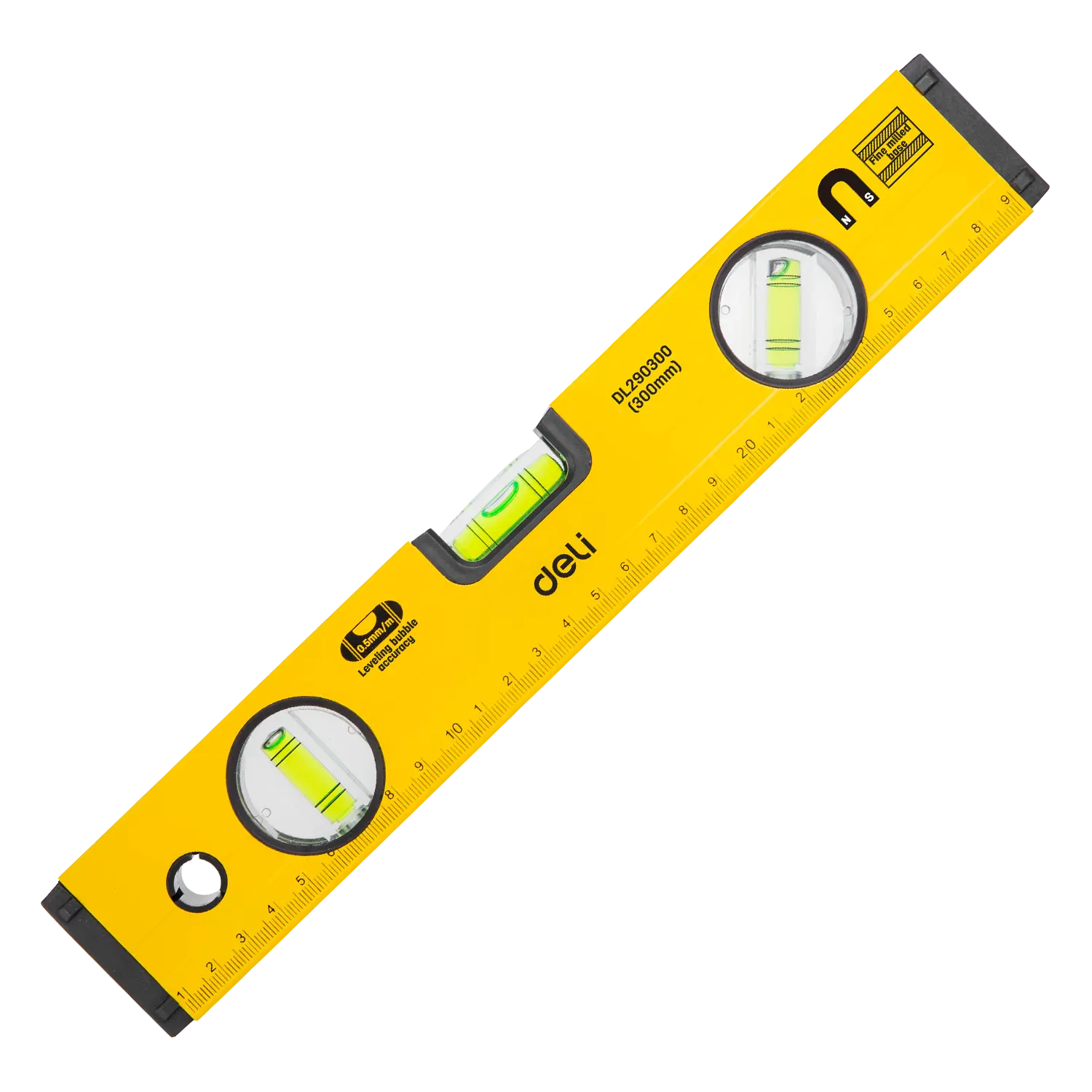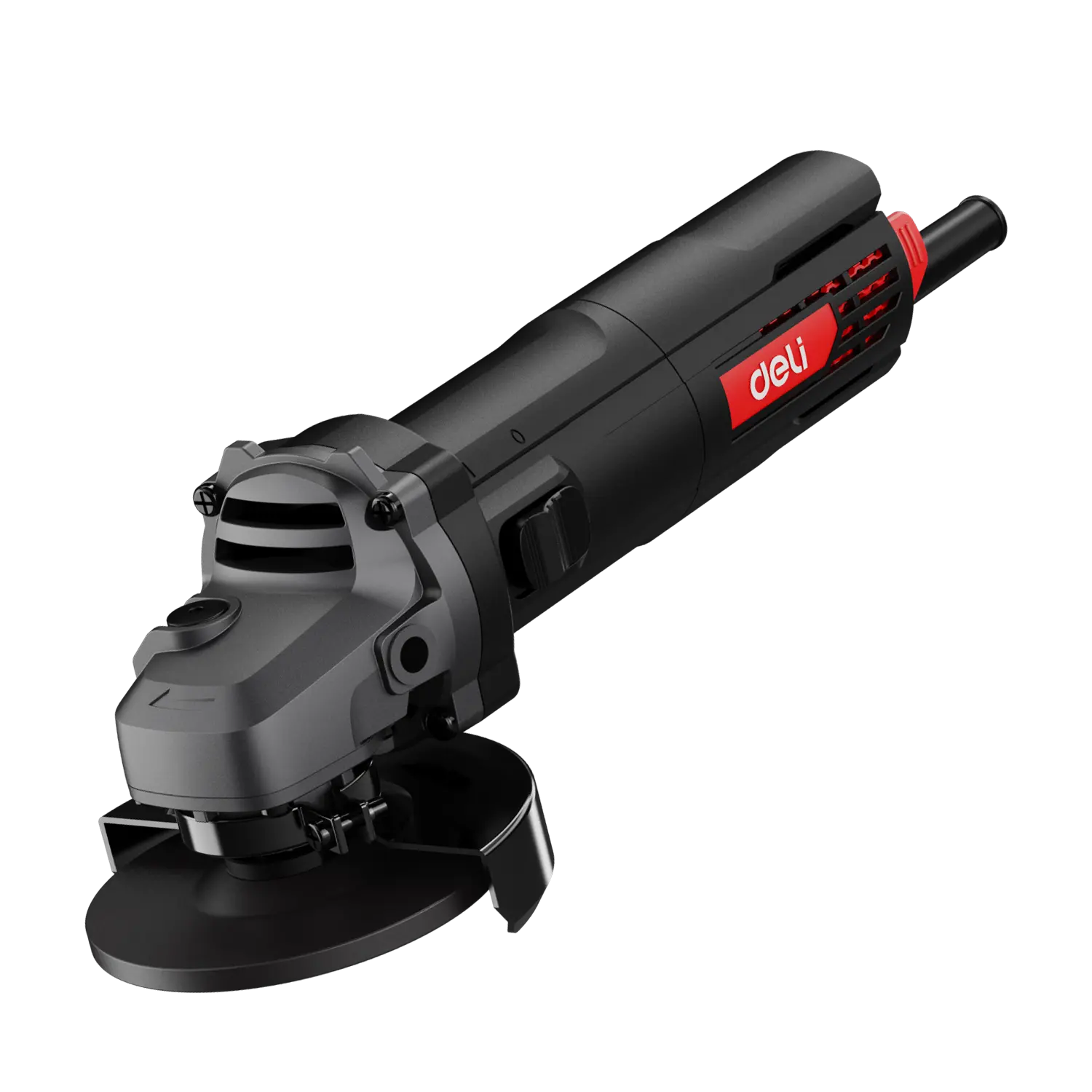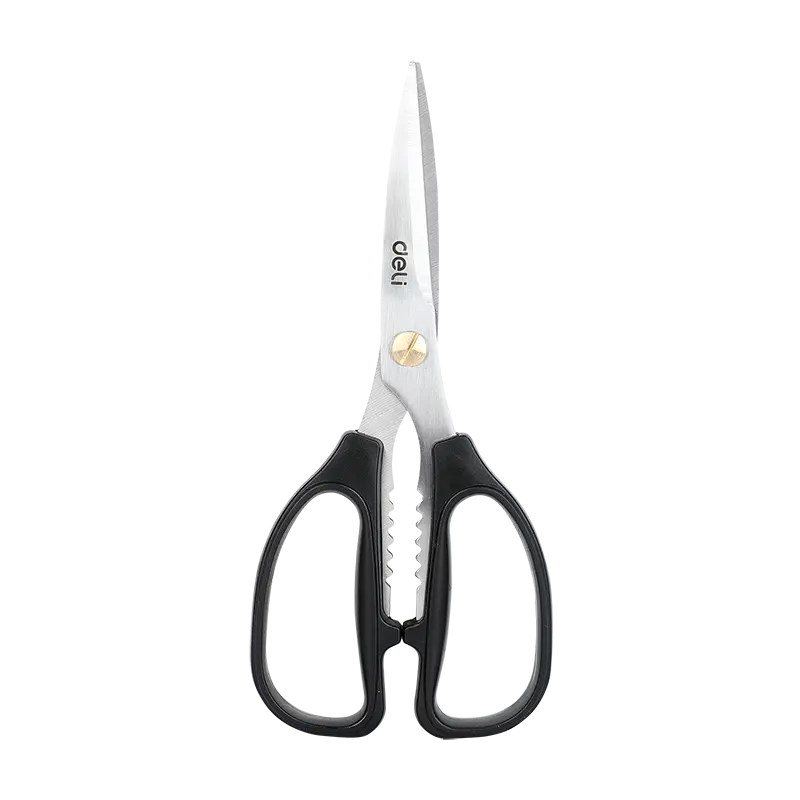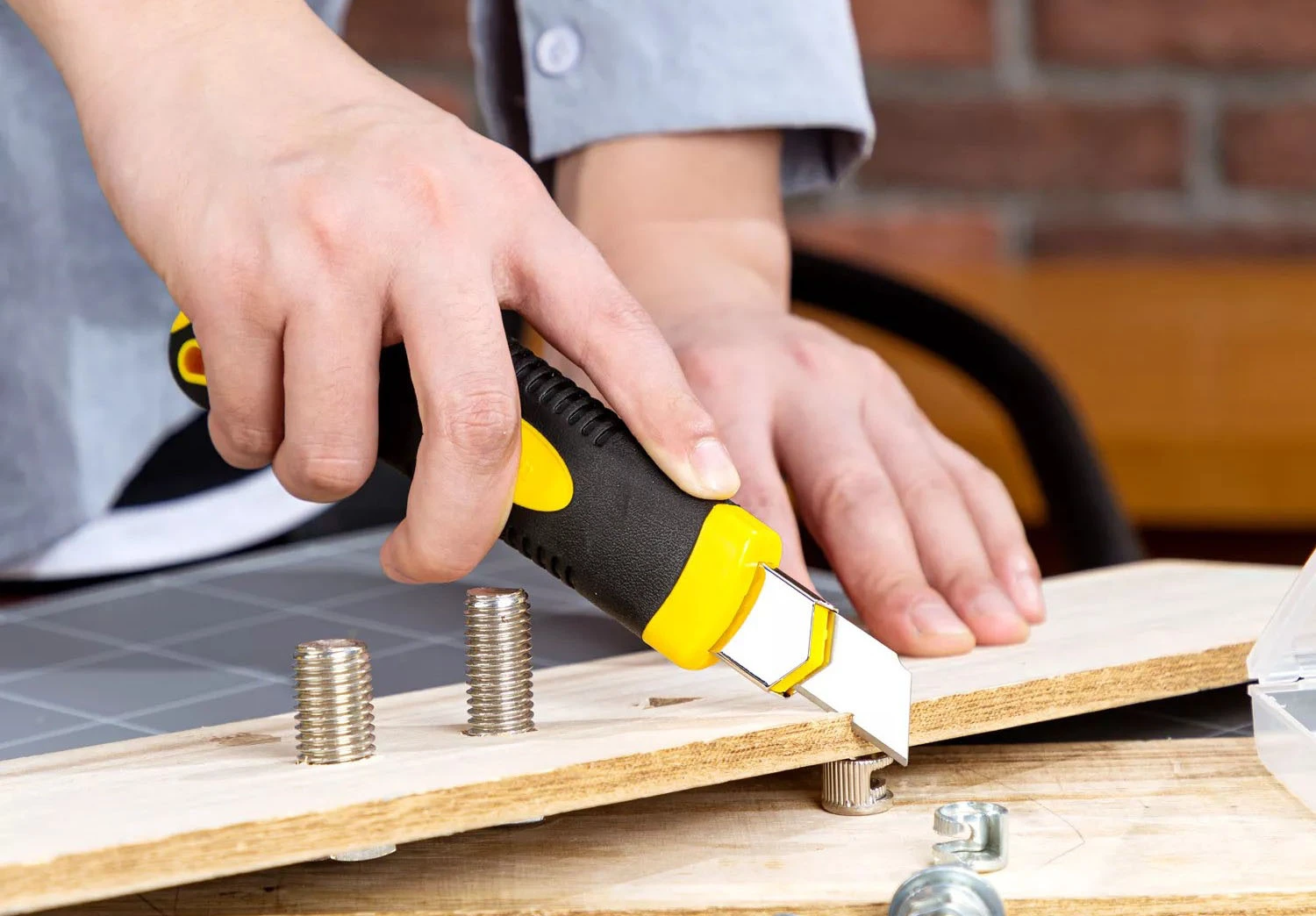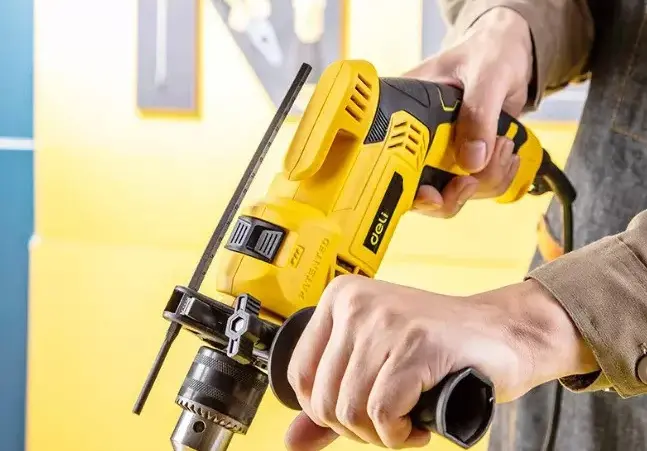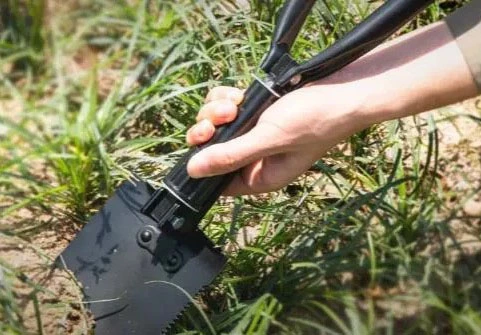Cutting tools play a crucial role in various industries, ranging from construction to manufacturing. Over the years, there has been a significant evolution in the materials used for cutting tools, with metal and PVC emerging as popular choices. In this article, we delve into the versatility of cutting tools, exploring the advantages and disadvantages of both metal and PVC options. We will uncover how these materials have revolutionized the way we approach cutting tasks, and discuss the key factors that differentiate them. By understanding the unique features and applications of metal and PVC cutting tools, professionals in different fields can make informed decisions when selecting the most suitable option for their specific needs. Whether you are a DIY enthusiast or a seasoned professional, this article will provide valuable insights into the world of cutting tools and equip you with the knowledge to enhance your productivity and efficiency.
The Evolution of Cutting Tools
Cutting tools have come a long way in their evolution, revolutionizing various industries and profoundly impacting our daily lives. From primitive stone tools to advanced machinery, the development of cutting tools has been instrumental in shaping human civilization.
The history of Cutting tools can be traced back to the earliest human civilizations, where primitive tools made from rocks, bones, and shells were used for cutting and shaping materials. These early tools were simple but effective, allowing early humans to hunt, build shelters, and create essential tools for survival.
As time progressed, humans began to experiment with different materials and techniques to improve the efficiency and effectiveness of cutting tools. The discovery of metals, such as bronze and iron, brought about a significant shift in tool manufacturing. Bronze tools were harder and more durable than their stone counterparts, enabling humans to cut through tougher materials.
The Industrial Revolution marked a turning point in the evolution of cutting tools. With the advent of machines and advanced manufacturing processes, cutting tools became more precise, efficient, and versatile. The introduction of steel as a material for cutting tools further enhanced their durability and performance.
In recent years, technological advancements have played a crucial role in the evolution of cutting tools. Computer Numerical Control (CNC) machines have revolutionized the manufacturing industry by allowing for precise and automated cutting processes. These machines use advanced software to control the movement of cutting tools, resulting in high precision and improved productivity.
Today, cutting tools are used in a wide range of industries, including manufacturing, construction, automotive, aerospace, and healthcare. They are essential for tasks such as shaping, drilling, milling, and cutting various materials like metal, wood, and plastic. The demand for cutting tools continues to grow as industries strive for increased efficiency and precision in their operations.
When it comes to choosing the right cutting tool, factors such as material, application, and desired outcome play a crucial role. Different cutting tools, such as saws, drills, and blades, are designed for specific purposes and materials. The advancements in cutting tool technology have resulted in specialized tools that cater to specific industries and tasks.
Exploring the Versatility of Cutting Tools
Cutting tools are indispensable in various industries and applications, showcasing their versatility and importance. From manufacturing to construction, these tools play a crucial role in achieving precision and efficiency. The wide range of cutting tools available in the market allows professionals to select the most suitable tool for a specific task.
One of the key factors that make cutting tools versatile is their ability to adapt to different materials. Whether it is wood, metal, or plastic, there is a cutting tool specifically designed to handle each material effectively. For instance, a saw blade with fine teeth is ideal for cutting through wood, while a carbide-tipped blade is better suited for metal cutting applications. This versatility ensures that professionals can tackle various projects without any limitations.
Cutting tools like electric marble cutting machine, pipe cutting tool, also come in different shapes and sizes, further enhancing their versatility. From hand-held tools like knives and scissors to power tools like saws and drills, there is a tool for every cutting requirement. The variety of tool designs allows professionals to choose the most appropriate tool for the task at hand, ensuring optimal results.
In addition to their adaptability, cutting tools are also known for their precision. With advancements in technology, cutting tools have become more accurate and efficient, enabling professionals to achieve intricate cuts with ease. Precision is vital in industries such as aerospace and medical, where even the slightest error can have significant consequences. The versatility of cutting tools, combined with their precision, enables professionals to meet the highest standards of quality and achieve desired outcomes.
To maintain the longevity and effectiveness of cutting tools, proper maintenance and care are essential. Regular sharpening, cleaning, and lubrication ensure that the tools perform optimally and extend their lifespan. Professionals should also follow safety guidelines while using cutting tools to prevent accidents and injuries.
Advantages and Disadvantages of Metal Cutting Tools
Metal cutting tools are essential equipment in various industries, offering numerous advantages and disadvantages. These tools, such as saws, drills, and milling machines, are widely used for cutting and shaping different types of metals. Understanding the advantages and disadvantages of using metal cutting tools can help professionals make informed decisions when it comes to selecting the right tool for their specific needs.
One of the primary advantages of metal cutting tools is their efficiency. These tools are designed to cut through various types of metals with precision and speed, saving valuable time and effort. With the right cutting tool, professionals can achieve accurate cuts and shapes, ensuring the desired outcome of their project. This efficiency is particularly beneficial in industries such as manufacturing, construction, and automotive, where metal cutting is a common requirement.
Another advantage of metal cutting tools is their versatility. These tools can be used for a wide range of applications, including cutting, drilling, shaping, and engraving. They can handle different types of metals, from soft and ductile materials like aluminum to harder metals like steel and titanium. This versatility allows professionals to work on diverse projects without the need for multiple specialized tools, making metal cutting tools a cost-effective option.
However, metal cutting tools also have their disadvantages. One of the main drawbacks is the cost associated with purchasing and maintaining these tools. High-quality cutting tools can be expensive, and regular maintenance, including sharpening and replacement of worn-out parts, adds to the overall cost. Additionally, some cutting tools require skilled operators to ensure safe and efficient operation, which may require additional training and expertise.
Another disadvantage is the potential for accidents and injuries when using metal cutting tools. These tools involve sharp blades and high-speed rotations, which can pose a significant risk if not used correctly. It is crucial to follow proper safety protocols, including wearing protective gear, using the right techniques, and maintaining a clean and organized workspace. Failure to do so can result in severe injuries or damage to the workpiece.
Advantages and Disadvantages of PVC Cutting Tools
PVC (Polyvinyl Chloride) cutting tools are widely used in various industries due to their numerous advantages. These tools are specifically designed to cut through PVC pipes and other PVC materials with ease. However, like any other product, PVC cutting tools also come with their own set of advantages and disadvantages.
One of the biggest advantages of PVC cutting tools is their efficiency and precision. These tools are specifically designed to provide clean and accurate cuts, ensuring that the PVC material is not damaged or compromised. This is especially important in industries where precise measurements are crucial, such as plumbing and construction. PVC cutting tools allow professionals to make precise cuts, resulting in better fitting joints and connections.
Another advantage of PVC cutting tools is their versatility. These tools are available in various sizes and types, including pipe cutters, ratchet cutters, and hacksaws. This allows professionals to choose the right tool for the specific task at hand. Whether it's cutting a small PVC pipe or a larger one, there is a PVC cutting tool available to meet the requirements.
Cost-effectiveness is also a significant advantage of PVC cutting tools. Compared to other cutting tools, PVC cutting tools are generally more affordable. This makes them a popular choice among professionals and individuals who frequently work with PVC materials. Additionally, PVC cutting tools are durable and long-lasting, reducing the need for frequent replacements or repairs, further adding to their cost-effectiveness.
However, there are a few disadvantages associated with PVC cutting tools as well. One of the main drawbacks is the potential health risks. When cutting PVC materials, harmful fumes can be released, which can be harmful if inhaled. It is important to use PVC cutting tools in well-ventilated areas or wear appropriate protective equipment to minimize the risk.
Another disadvantage is the limitation of PVC cutting tools to only cutting PVC materials. These tools are not suitable for cutting through other materials like metal or wood. Therefore, if professionals need to work with different materials, they would require separate cutting tools for each.
Comparing Metal and PVC Cutting Tools
When it comes to choosing cutting tools for your projects, there are a variety of options available. Two popular choices are metal cutting tools and PVC cutting tools. While both have their advantages, it's important to understand the differences between them to make an informed decision.
Metal cutting tools are known for their durability and strength. Made from materials such as high-speed steel or carbide, these tools are designed to cut through tough materials like metal with ease. They are often used in industries such as construction, automotive, and manufacturing. Metal cutting tools come in a variety of shapes and sizes, including saw blades, drill bits, and milling cutters, allowing for versatility in different applications.
On the other hand, PVC cutting tools are specifically designed for cutting through PVC pipes and other plastic materials. These tools are typically made from hardened steel or carbide, ensuring precision and longevity. PVC cutting tools are commonly used in plumbing and electrical work, as well as in DIY projects. They are available in different forms, such as pipe cutters, cable shears, and ratcheting cutters, providing options for various cutting needs.
One important factor to consider when comparing metal and PVC cutting tools is the type of material you will be working with. If you primarily work with metal, investing in high-quality metal cutting tools is essential to ensure clean and accurate cuts. On the other hand, if your projects involve cutting PVC pipes or plastic materials, PVC cutting tools are specifically designed for this purpose and will provide the best results.
Another aspect to consider is the maintenance and care required for each type of cutting tool. Metal cutting tools may require regular sharpening or replacement of blades to maintain their effectiveness. PVC cutting tools, on the other hand, may require occasional cleaning and lubrication to prevent build-up and ensure smooth cutting.
The article discusses the evolution and versatility of cutting tools from Deli Tools Global in various industries. It highlights the continuous advancements in cutting tool design and performance, leading to increased efficiency and precision. The article emphasizes the importance of choosing the right tool for the job and the endless possibilities offered by cutting tools. It also discusses the advantages and disadvantages of metal cutting tools, including their efficiency and precise cutting capabilities, but also their high costs and potential for accidents. Similarly, PVC cutting tools are mentioned for their advantages such as efficiency, precision, versatility, and cost-effectiveness, but also the potential health risks associated with cutting PVC materials. The article concludes by recommending that professionals carefully consider the specific needs of their projects and prioritize safety and quality when selecting and using cutting tools.

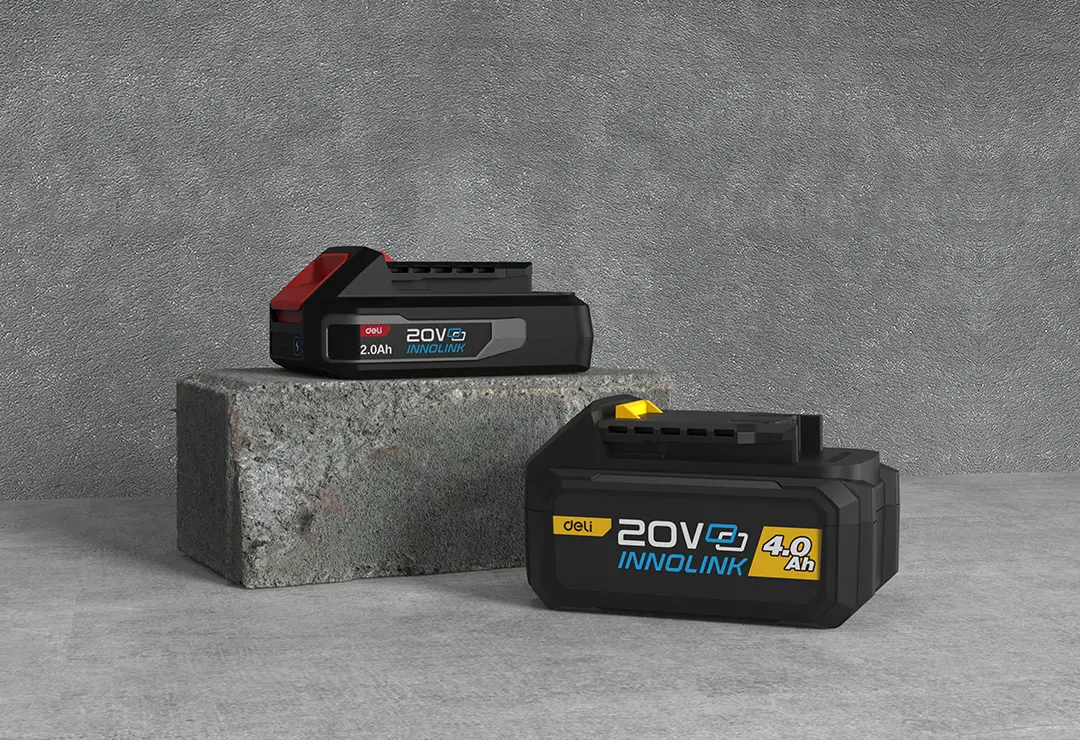
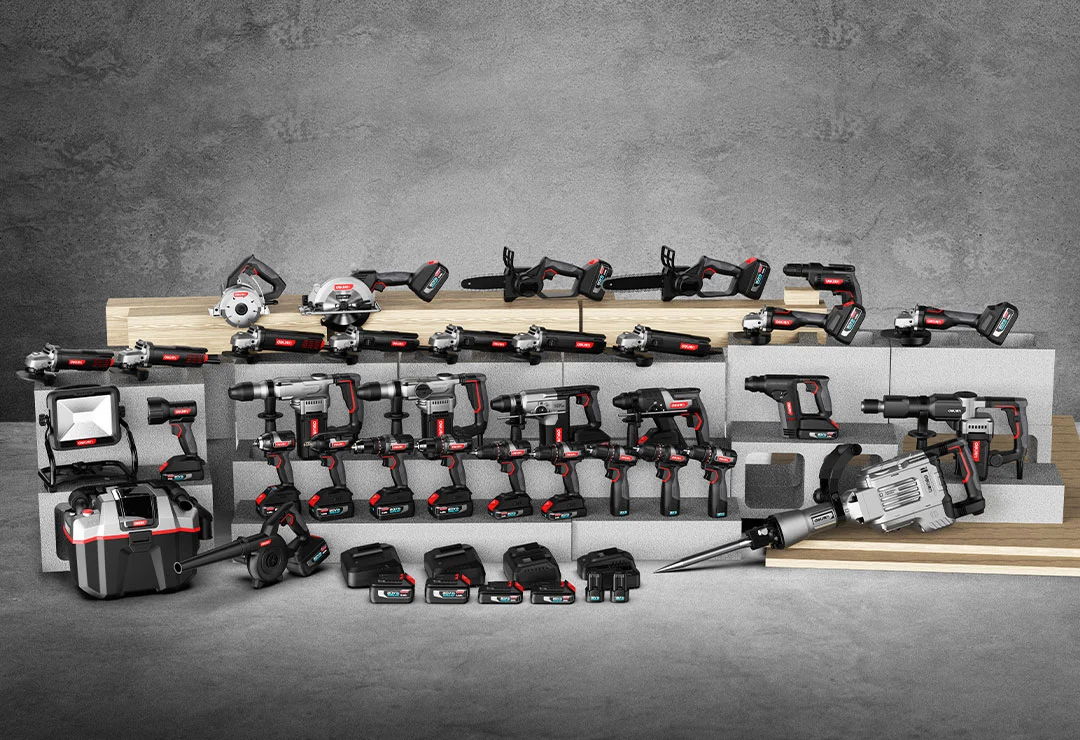
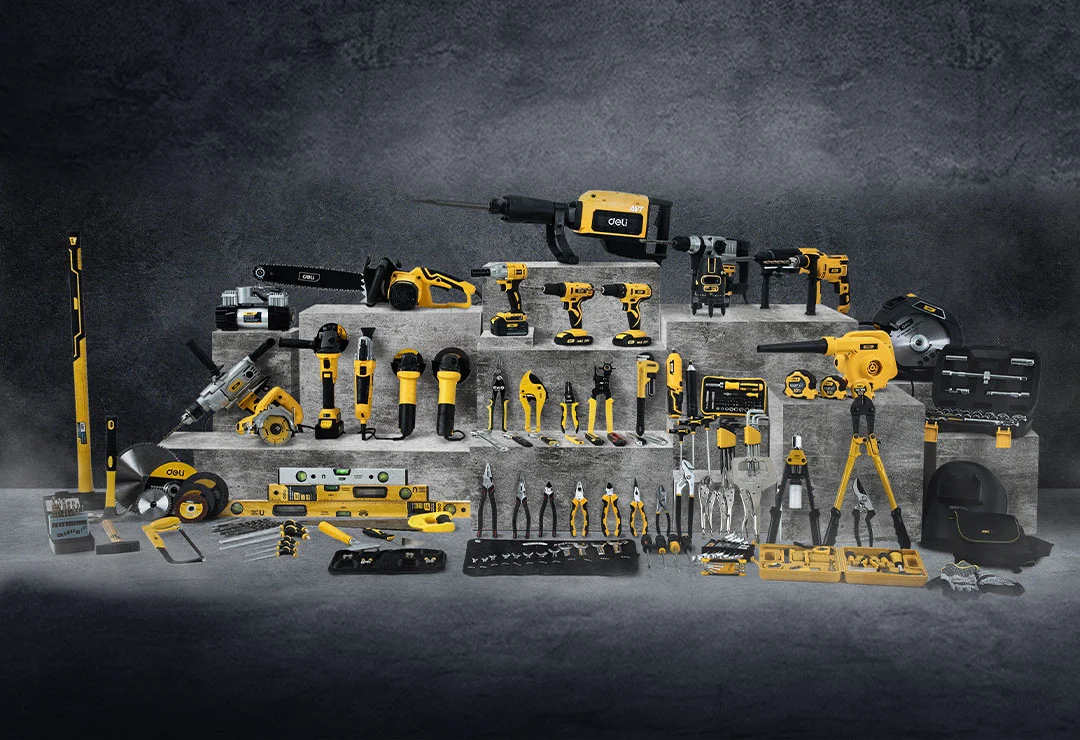
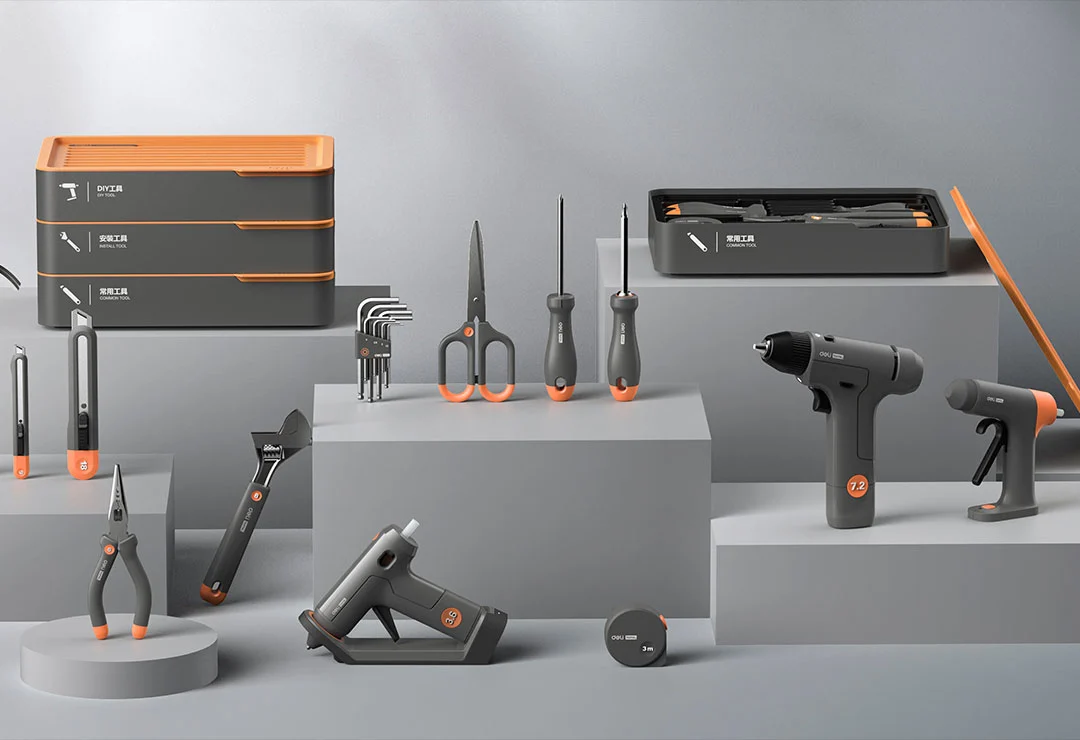
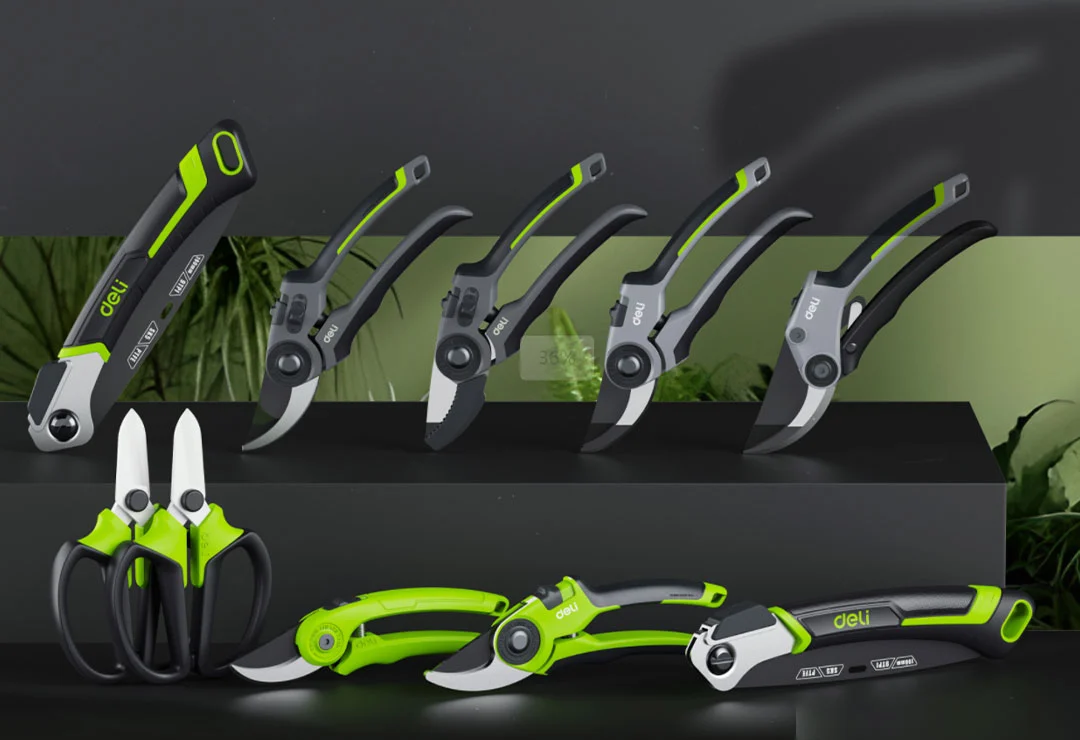
 EN
EN
 jp
jp  ko
ko  fr
fr  de
de  es
es  it
it  ru
ru  pt
pt  ar
ar  vi
vi  th
th  hi
hi  pl
pl  id
id  el
el 